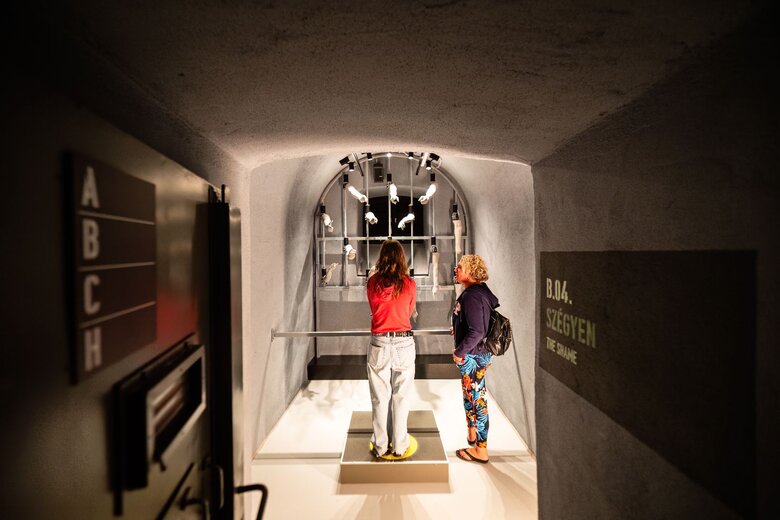About the Dungeon Visitor Centre
Stepping through the gates of Veszprém Dungeon, visitors are immersed in the everyday lives of inmates, the tales of outlaws, the secrets of executioners and the history sealed within the prison walls. An interactive exhibition takes you on a journey through the world of crime, punishment and justice. Anyone who walks the row of the cells will leave with a new perspective on justice, discipline and human fate. Such an experience changes the way you look at the past – and also at the present.
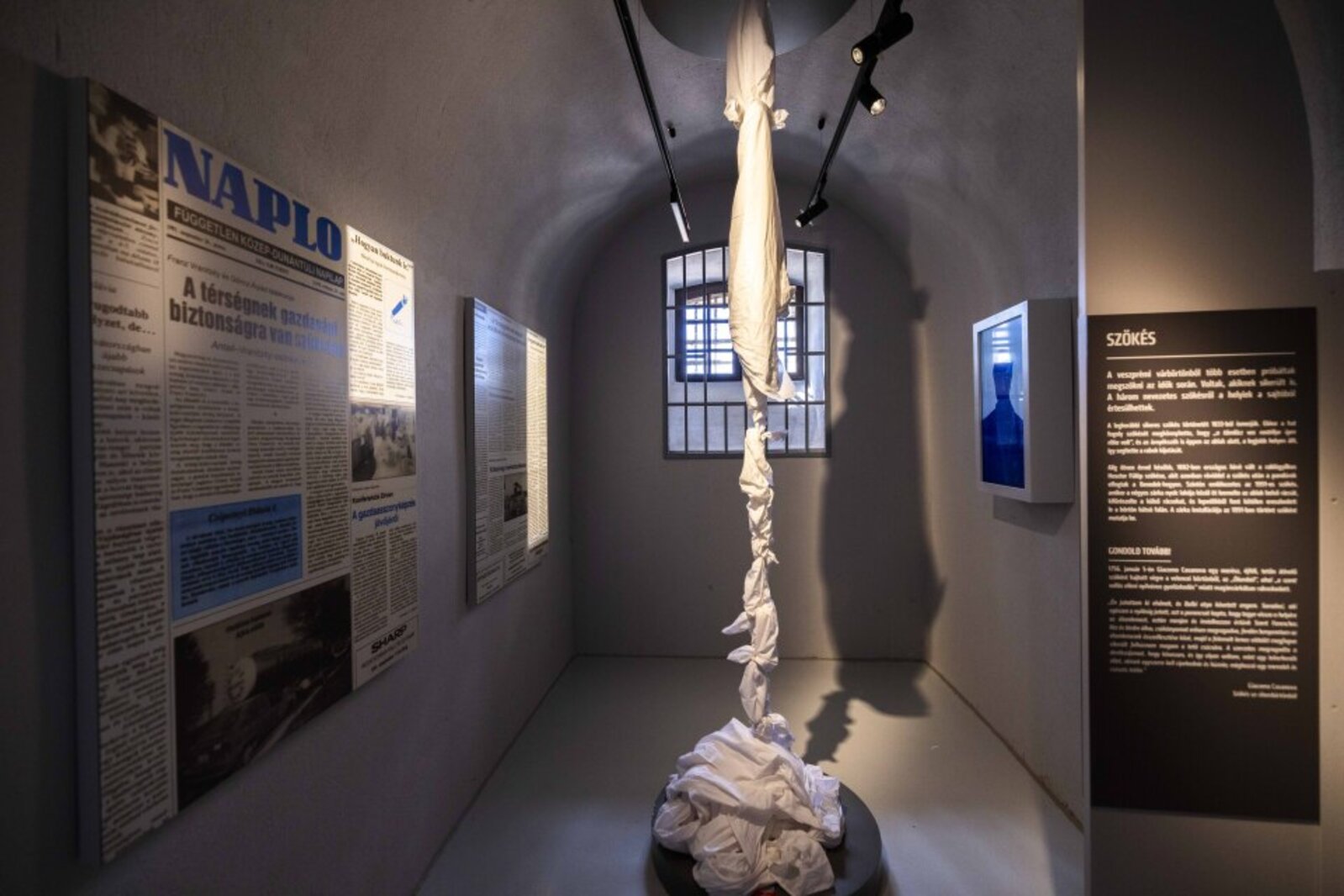
For groups
-

-

-

Blog
-

-

-
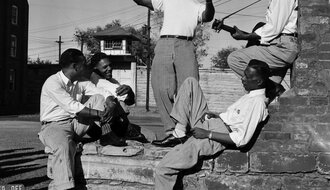
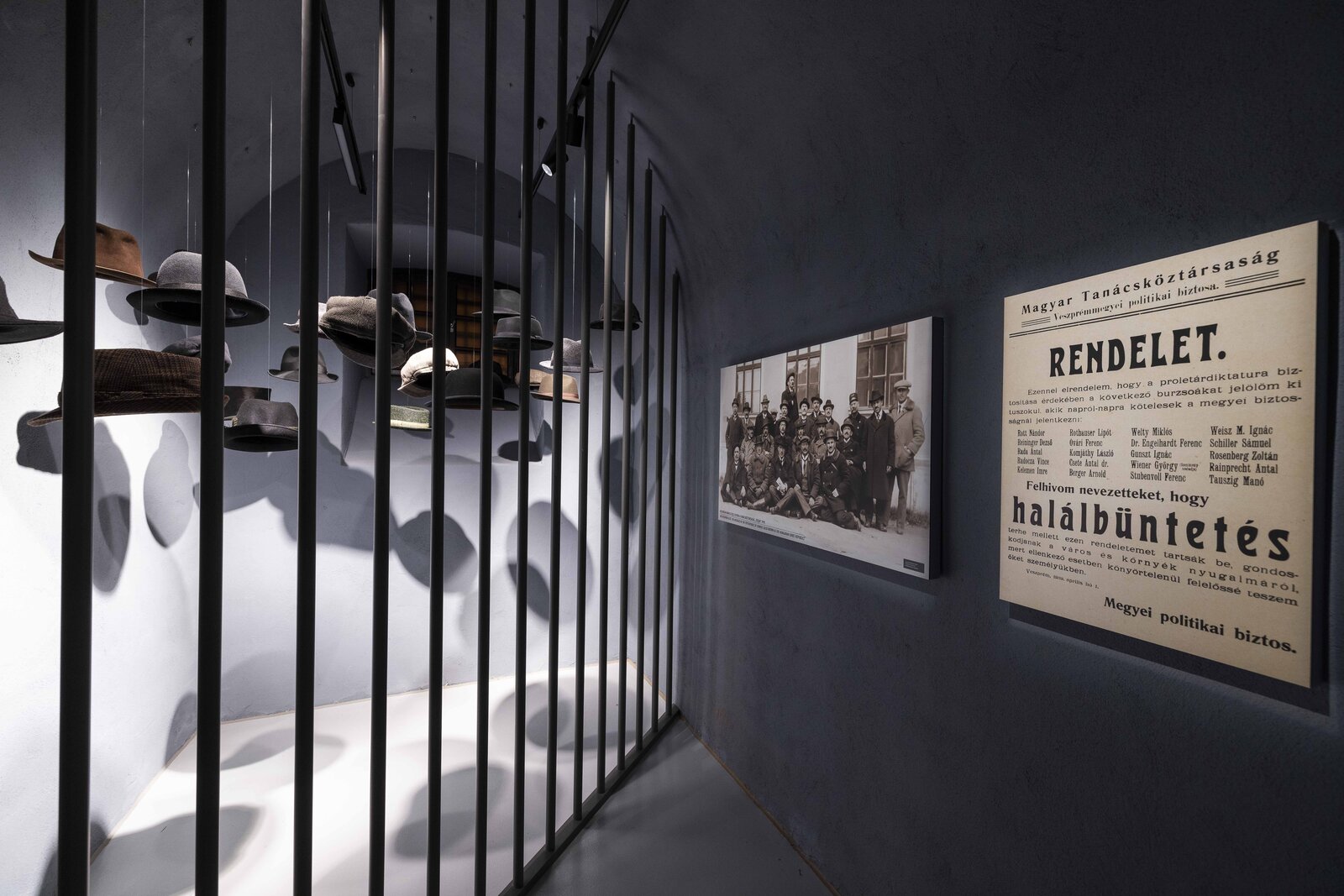
A misdeed, a story, a sentence, a fate. But in fact it is the sum of all of these, the presentation of a person behind bars, the society which surrounds them, as well as the perception of crime and punishment and the attitudes towards these.
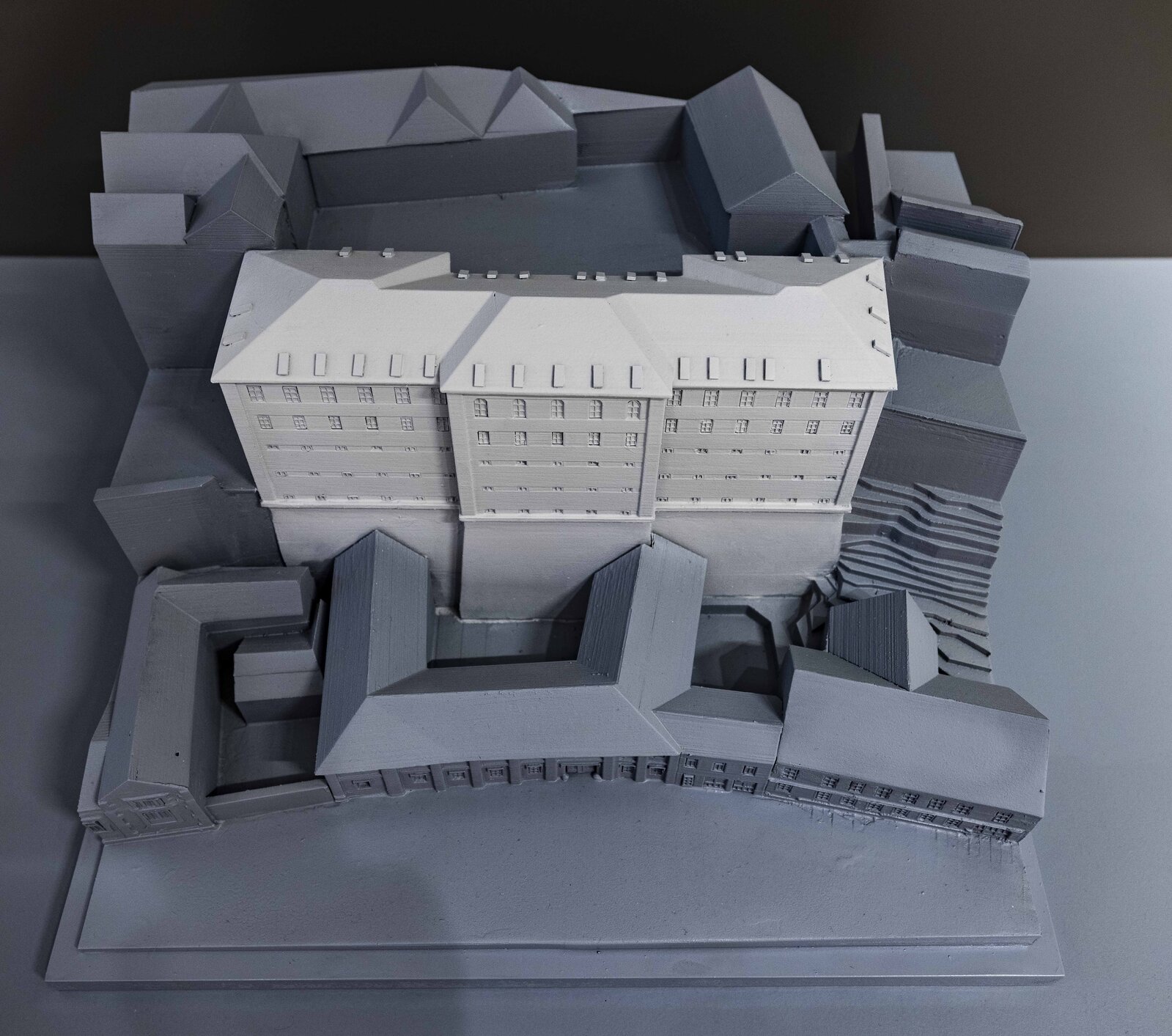
The five-storey complex was completed in 1853. With the exception of minor modifications, no structural changes have been made to the building since its construction, and it remained the only functioning dungeon in Hungary up to 2003.




